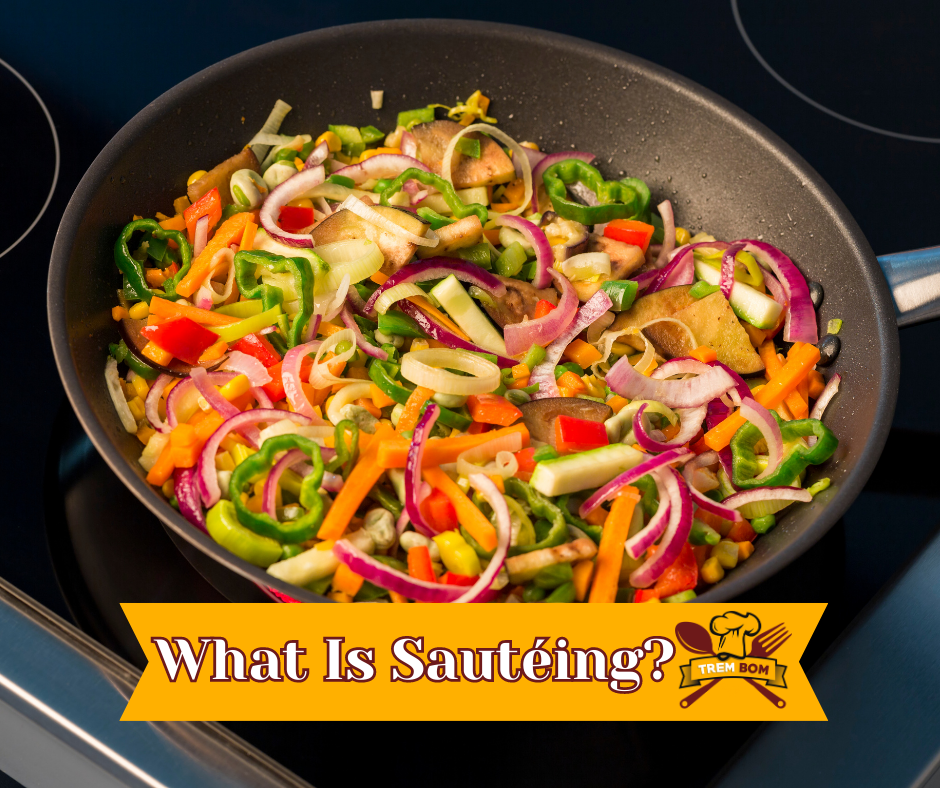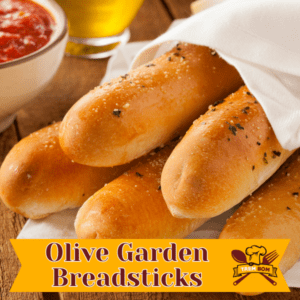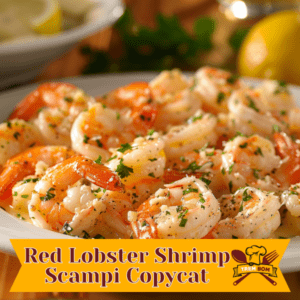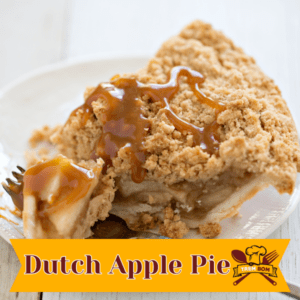
The Guide to Sautéing
Sautéing is a popular dry-heat cooking method that involves cooking food quickly in a small amount of fat, typically in a shallow pan over high heat. A simple cooking method at its heart, sautéing beautifully browns and sears the outside of the food while keeping the inside tender and moist.
Origin of the word ‘Sauté’
‘Sauté’ is a French word that means ‘jumped’ or ‘bounced’, referring to the food ‘jumping’ around in the pan due to the high heat. This is an essential aspect of the sauté technique and is an apt description of the lively cooking process.
The Essentials of Sautéing: Choosing the Right Sauté Pan
The sauté pan is your key tool when it comes to sautéing. It’s a wide, shallow pan with straight sides, differing from the frying pan, which has sloped sides.
Sloped Sides vs. Straight Sides
A sauté pan’s straight sides are beneficial as they help to keep the food and any liquid or steam within the pan. This ensures that your food cooks evenly and doesn’t dry out. The large surface area of the pan’s bottom also aids in achieving a good sear.
Selecting the Oil to Use
Choosing the right oil or fat for sautéing is crucial. You should aim to use an oil or fat with a high smoke point, such as clarified butter or avocado oil.
Smoke Point Considerations
The smoke point is the temperature at which oil starts to smoke, indicating that it is breaking down. Using an oil with a high smoke point prevents the oil from smoking and burning, which can impart a bitter taste to the food.
Size Matters When You Sauté Meat and Sauté Vegetables
When preparing to sauté, the size of your cut of meat or vegetables matters. Smaller, uniform pieces will cook more evenly and quickly than larger pieces of food.
The Sautéing Process: Step by Step
How to Sauté Meat
When you’re ready to sauté meat, begin by heating your sauté pan over medium-high heat. Once the pan is hot, add the fat (butter or oil) and allow it to melt and lightly coat the bottom of the pan.
Dealing with Different Cuts of Meat
For thinner cuts of meat, they should be added to the hot pan and cooked quickly to get a good sear while avoiding overcooking. For larger pieces of meat, it’s often beneficial to sear them first and then finish cooking them in the oven.
How to Sauté Vegetables
Sautéing vegetables is a great way to preserve their color and crunch. Start with heating your sauté pan and adding the fat. Then, add the vegetables and cook them quickly over high heat, tossing them around in the pan for even cooking.
Handling Different Types of Vegetables
Tender vegetables such as bell peppers and zucchini should be sautéed quickly over high heat. Root vegetables like carrots and potatoes may need a bit more time in the pan to fully cook and develop a nice brown crust.
Sautéing 101: Pro Tips to Enhance Your Cooking Technique
Mastering the ‘Jump’ in the Pan
A signature of the sauté method is making the food ‘jump’ in the pan. You can achieve this by gripping the handle of the sauté pan firmly and using a sharp elbow motion to toss the food around.
Avoid Overcrowding the Pan
An important tip to remember when sautéing is not to overcrowd the pan. Too much food in the pan can cause the pan to cool and the food to steam rather than brown, impacting the flavor and texture.
Sautéing vs. Stir-Frying and Simmering: Understanding the Differences
While sautéing, stir-frying, and simmering are all valuable techniques in the cooking world, they each have unique characteristics that set them apart.
Sautéing vs. Stir-Frying
Both sautéing and stir-frying involve cooking food quickly over high heat with a small amount of fat in a pan. However, there are some key differences between the two.
Heat and Cooking Speed
Stir-frying typically involves even higher heat than sautéing. This means the food is cooked at a faster pace and requires constant stirring to prevent it from burning. In contrast, sautéing generally uses a medium-high heat, allowing the food to brown nicely while being tossed or stirred occasionally.
Equipment Used
The type of pan used also differs between the two methods. Stir-frying is traditionally done in a wok—a pan with deep, sloped sides that allows for easy tossing of ingredients and even heat distribution. Sautéing, on the other hand, is typically done in a shallow pan or sauté pan with straight sides that help keep the food in place while it browns and cooks.
Ingredients and Preparation
Stir-frying usually involves cutting ingredients into smaller, uniform sizes to ensure quick and even cooking. In sautéing, ingredients can be a bit larger and don’t necessarily need to be as uniform.
Sautéing vs. Simmering
Sautéing and simmering are quite different cooking techniques.
Heat and Liquid Use
Simmering involves cooking food slowly in liquid at a lower temperature. Unlike sautéing, which aims to brown and sear food quickly, simmering is a slower process, often used to tenderize tougher cuts of meat or to meld flavors in dishes like stews and sauces.
Effect on Food
Sautéing is a dry-heat cooking method that can give ingredients a rich flavor and a pleasing texture. Simmering, a moist-heat method, slowly breaks down the fibers in the food, making it tender and allowing flavors to meld together.
Sauté vs. Pan-Frying
Sautéing is often compared to pan-frying. While both methods use oil and high heat, sautéing typically uses less oil and involves more movement of the food in the pan, resulting in a lighter and often healthier dish.
Saute vs. Steaming
Compared to steaming, sautéing helps to retain more flavor and creates a better texture. The quick, high heat method of sautéing helps to seal in flavors and allows for the formation of a delicious brown crust.
The Benefits of Sautéing
Sautéing offers several benefits. It is a fast and simple cooking method that doesn’t require a lot of fat, making it a healthier choice. Sautéing also creates a delicious sear that enhances flavor, and it allows for a variety of flavors to blend together well in the pan.
Sautéing is a versatile and practical cooking technique that every home cook should master. It’s relatively quick, allows for a depth of flavor, and can be used for a variety of meats and vegetables. With the right tools, the right heat, and a bit of practice, you’ll be sautéing like a pro in no time.
Frequently Asked Questions (FAQs)
1. What is the difference between sautéing and frying? Sautéing involves cooking food quickly in a small amount of fat, usually on high heat, while frying involves cooking food submerged in oil.
2. Which oil is best to use for sautéing? Clarified butter, olive oil, and avocado oil are popular choices due to their high smoke points.
3. Can I sauté without oil? It’s possible, but oil helps to prevent the food from sticking to the pan and contributes to the browning and flavor.
4. Is sautéing a healthy cooking method? Yes, as it requires a small amount of fat and preserves the nutrients of the food.
5. Can all vegetables be sautéed? Most vegetables can be sautéed, but the cooking time will vary based on the type and size of the vegetable.






